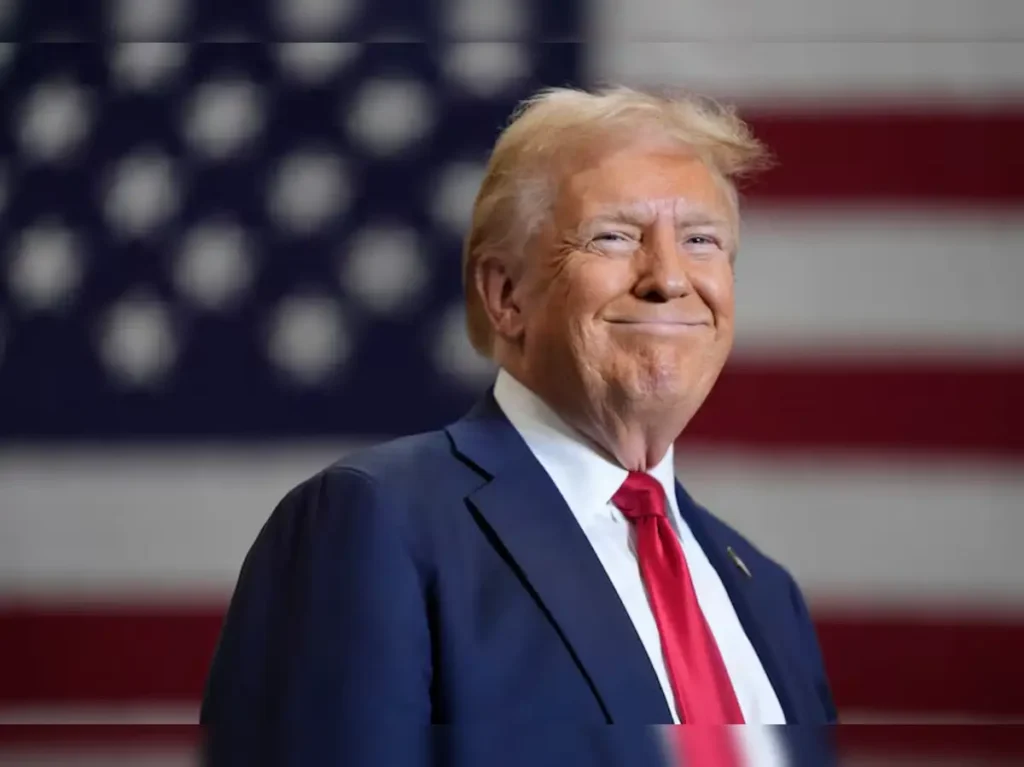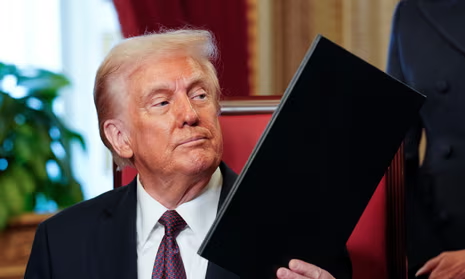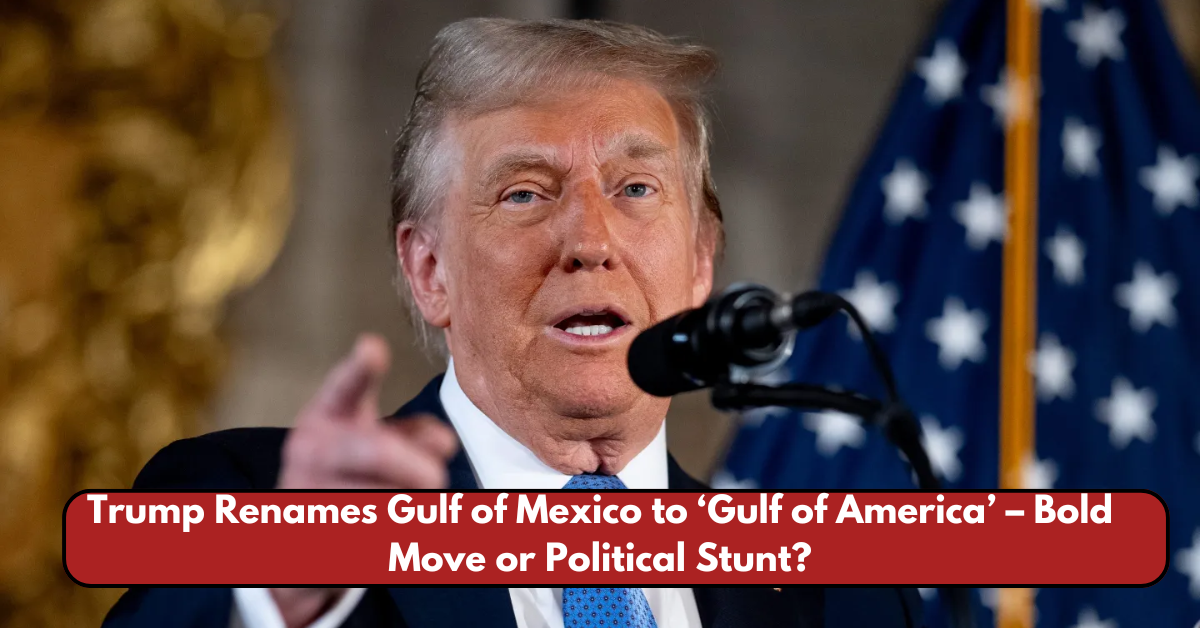In a move that has sparked widespread debate, former President Donald Trump signed Executive Order 14172 on January 20, 2025, officially renaming the Gulf of Mexico to the “Gulf of America.” This decision, part of a broader initiative titled “Restoring Names That Honor American Greatness,” has been met with both praise and criticism from various political, diplomatic, and environmental circles.
The Executive Order and Its Implications
The order mandates that all U.S. federal agencies, including the Department of the Interior and the National Oceanic and Atmospheric Administration (NOAA), adopt the new name in all official documents, maps, and reports. According to the executive order, the renaming is intended to “reaffirm American sovereignty and heritage over waters vital to the nation’s economy and security.”
“For far too long, we’ve used a name that doesn’t reflect our great nation’s spirit and strength,” Trump said during a rally in Florida. “The Gulf of America belongs to America, and we’re taking it back.”
The executive order, which can be reviewed in full on the White House archives, further instructs the U.S. Geological Survey (USGS) and the National Park Service to update their references to the body of water accordingly.
Supporters Applaud the Decision

Supporters of the move, including conservative policymakers and nationalist organizations, argue that the renaming reflects a commitment to an “America First” ideology. They view it as a symbolic yet necessary measure to instill national pride.
Senator Rick Scott (R-FL), a strong advocate of the name change, stated, “This is about recognizing our territorial waters for what they are—American. This is a patriotic step forward.”
Additionally, economic stakeholders in the Gulf region, particularly those in the oil, fishing, and tourism industries, have expressed optimism that the change could boost domestic branding and investment.
Criticism and Diplomatic Concerns
However, the decision has been met with considerable pushback, both domestically and internationally. Critics argue that the renaming is a political stunt aimed at energizing Trump’s base rather than a substantive policy move.
“It’s pure nationalism disguised as governance,” said political analyst Maria Santos. “It does nothing to address real economic or environmental issues in the Gulf region.”
The strongest opposition has come from Mexico, which shares the gulf with the United States. Mexican President Claudia Sheinbaum condemned the move, calling it “a unilateral and unnecessary provocation that ignores historical and geographic realities.”
Furthermore, experts have pointed out that the name change has no international standing. The International Hydrographic Organization (IHO), which standardizes maritime names worldwide, continues to recognize the body of water as the Gulf of Mexico. The United Nations also has no legal framework that would support the name change at a global level.
Legal and Practical Challenges
While the executive order affects U.S. government materials, private and international maps will likely retain the Gulf of Mexico designation. Government agencies such as the U.S. Board on Geographic Names oversee domestic place names but have no jurisdiction over global usage.
Additionally, some legal experts argue that the executive order could face challenges in Congress or the courts. “Presidents have authority over executive branch documents, but renaming geographic features without legislative approval is highly unusual,” said constitutional law professor David Reynolds.
Public Reaction and Future Implications

The public reaction has been mixed. While Donald Trump supporters have hailed the move on social media, others have mocked it as unnecessary and performative. Memes featuring altered maps and satirical takes on renaming other U.S.-adjacent waters have gone viral.
Despite the controversy, the renaming does highlight broader geopolitical tensions in the region, particularly as the U.S. and Mexico continue to navigate trade, immigration, and environmental policies affecting the Gulf. The long-term impact of this decision remains uncertain, but it has undeniably added a new layer to the political landscape.
Conclusion
Trump’s renaming of the Gulf of Mexico to the Gulf of America is a striking example of how symbolic gestures can carry significant political weight. Whether this move will have lasting effects beyond domestic rhetoric remains to be seen. In the meantime, international bodies and private cartographers will likely continue to recognize the original name, leaving the effectiveness of this executive order largely symbolic.
This article has been carefully fact-checked by our editorial team to ensure accuracy and eliminate any misleading information. We are committed to maintaining the highest standards of integrity in our content.

Premlata is a seasoned finance writer with a keen eye for unraveling complex global financial systems. From government benefits to energy rebates and recruitment trends, she empowers readers with actionable insights and clarity. When she’s not crafting impactful articles, you can find her sharing her expertise on LinkedIn or connecting via email at [email protected].




